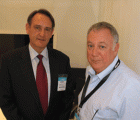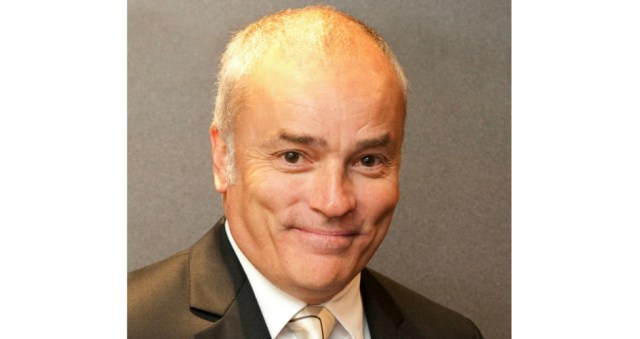
Les Richardson, managing director of Ricoh Australia, says, “We are dedicated to doing our part toward a more sustainable society and through this initiative we can help our customers with their own sustainability goals. This achievement is the latest in Ricoh’s long history of sustainability milestones and reflects our passionate commitment to the environment”
The carbon neutral printing service will also include an automated meter reading service and participation in Ricoh’s Consumable Recycling Programme.
David Phillips, general sales manager Ricoh Australia, says, “The first step for that was for Ricoh to become carbon zero. We had to do a complete audit of our operations. The next step was to have CarboNZero, a NZ based organisation with an internationally accredited programme, to audit that. We then came up with strategies to reduce our own carbon footprint. For example, we retro-fitted all the lighting in our offices and we converted our vehicle fleet to diesel. We have also targeted our new distribution centre where we will recycle toner and all of our manufacturing devices. Part of the programme was to demonstrate how serious we were.
“The next step was to purchase the credits and to extend that to our clients. We have purchased the credits for Ricoh globally. It’s all measurable. CarboNZero has a process that requires auditing. We are able to track the usage at all of our client sites.”
RMIT has signed up for the service. Neil Sigamoney, deputy director, procurement at RMIT, says, “We have a massive sustainability programme and this slots very well with that. RMIT University is committed to reducing its carbon footprint and providing a safe and green university for students and staff. The University has a greenhouse gas emissions reduction target of 25 per cent by 2020, based on a 2007 baseline. Our partnership with Ricoh Australia will help us reduce greenhouse gas emissions and foster a think green culture within the University community.
“This is something Ricoh has done on its own initiative. Having devices like Ricoh’s has allowed us to measure our carbon footprint.”
Phillips adds, “The programme requires an audit and a rationalisation programme, working on a policy and then looking at machine settings. For instance, printing on both sides of the paper and using swipe card technology so that when people send a print job to their device, they collect it straight away.
“For commercial print businesses or copy shops, where they are doing jobs for their customers, the programme allows them to position themselves as more environmentally sustainable. It becomes a criteria for people dealing with their customers that they can be more sustainable.”
Comment below to have your say on this story.
If you have a news story or tip-off, get in touch at editorial@sprinter.com.au.
Sign up to the Sprinter newsletter

